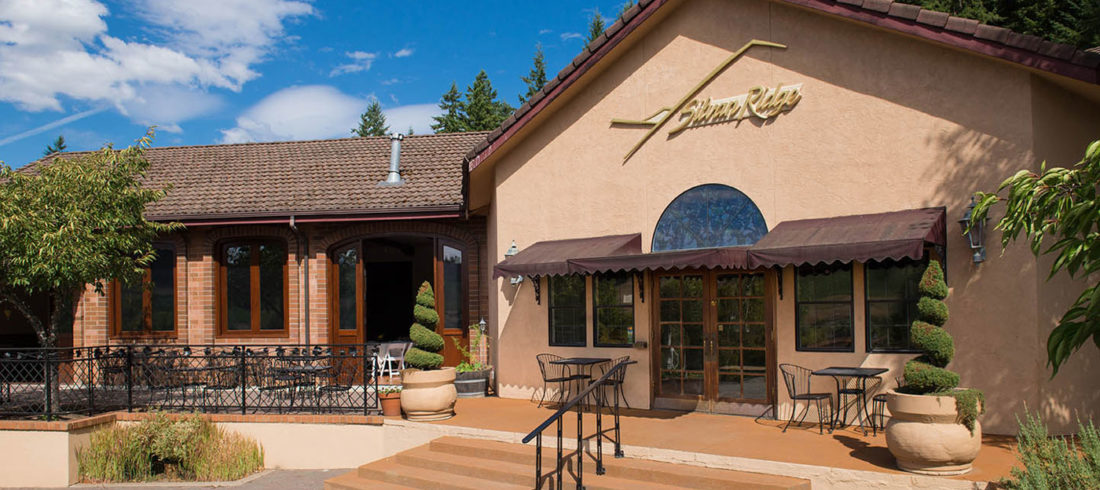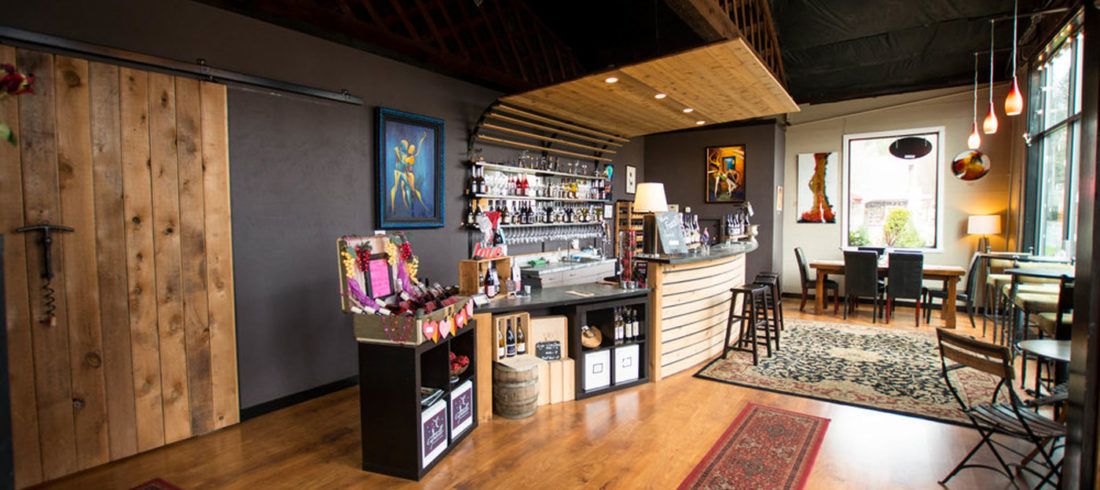In 1961, Richard Sommer, now considered to be the father of Oregon wine, left his uncle’s orchards near Ashland, trekked north, and settled in the Umpqua Valley, taking in his first grape harvest in 1963. Two years later, in 1965, David Lett joined the Oregon winemaker scene. Lett was hugely successful in competition against the Queen of Wines, France. In Paris in 1979, he competed in the Gault Millot tasting, and his 1975 Eyrie South Block Pinot Noir ranked among the best pinot noirs. This soon led to a cascade of talent migration, from France and other countries. And our region has benefitted from an influx of talented winemakers from other countries. With more wineries and more varieties of grapes, wine in Oregon leapt forward. Now, a few decades later, Oregon has more than 700 wineries, with more appearing every year in valleys all across the state.
Juan Pablo Valot (JP to friends) is an example of this. He joined the team at Silvan Ridge in 2012, making top-shelf wines. His experiments with malbec, a widely respected variety from Valot’s native Argentina, have been particularly exciting. Known in wine-speak as “the black wine of Cahors” (southwest France), Argentine malbecs have drawn rave reviews, especially in the US market. Some of the best Argentine malbecs originate in the Mendoza region, where Valot grew up and got his early wine training before he migrated to Lane County.
From New Zealand, the talented Ray Walsh, one of America’s craftiest winemakers, was brought to this area by the opportunity to make fine pinot noir for King Estate, Oregon’s largest producer. Walsh served King Estate for 10 years before launching his own brand, Capitello, in 2003, and consulting with such brands as Territorial and Sarver. Last year, Decantermagazine’s judges gave 98 points—the highest score they’ve awarded toany“sauvie”—to his Auntsfield 2016 Sauvignon Blanc, the same wine as Capitello’s 2016 New Zealand Sauvignon Blanc, featured here. Walsh also bottles his “Succession” line, his very best, distinctly Oregon pinot noir.
Jonathan Scott Oberlander (J. Scott Cellars) was born in Orr, Minnesota. A journey west took him to Southern California and a bachelor’s degree in finance (SDSU) before he decided he wanted to make wine. This led to a degree in oenology from Cal State-Fresno, followed by eight years of California winemaking. He landed in Oregon to make his wines at Silvan Ridge, with his first harvest in 2004. Now, J. Scott Cellars produces about 25 wines, including experiments with exotic whites like their Vermentino, one of our spring selections.

Pampas Power
JP Valot scoured the Rogue Valley for enough grapes to make 1,000 cases of Silvan Ridge 2015 Malbec ($18), a powerhouse red with deep flavors of red fruits, with violet notes. Pair with your favorite cut of steak, another Argentine favorite.

Kiwi Pleasures
Capitello 2016 Sauvignon Blanc ($18) is a nearly flawless dry white wine, a meld of fruit flavors (passion fruit, citrus, flowers) with zippy, food-friendly acidity. Match with fresh crab, fish, or chicken.
Capitello 2015 Pinot Noir ($27) shows New Zealand’s promise for this varietal: charming red fruit flavors (cherries, raspberries, hints of blueberries), finely structured, ready to drink with any cheese dish.

Oregon Throughout
Capitello 2015 “Succession” Pinot Noir ($75) tastes distinctly Oregon: rich, slurpy fruit (lots of raspberry), acutely balanced, age-worthy. Open and decant at least an hour before serving with mild beef dishes (pot roast would be good) or mushrooms.

Rogue White
Scott 2016 Vermentino ($18) is a rare white: crisply dry, unoaked; flavors remind us of flowers, nuts, citrus (Meyer lemons), some herbal qualities, backed with refreshing acidity, delish with fresh oysters or other shellfish.


